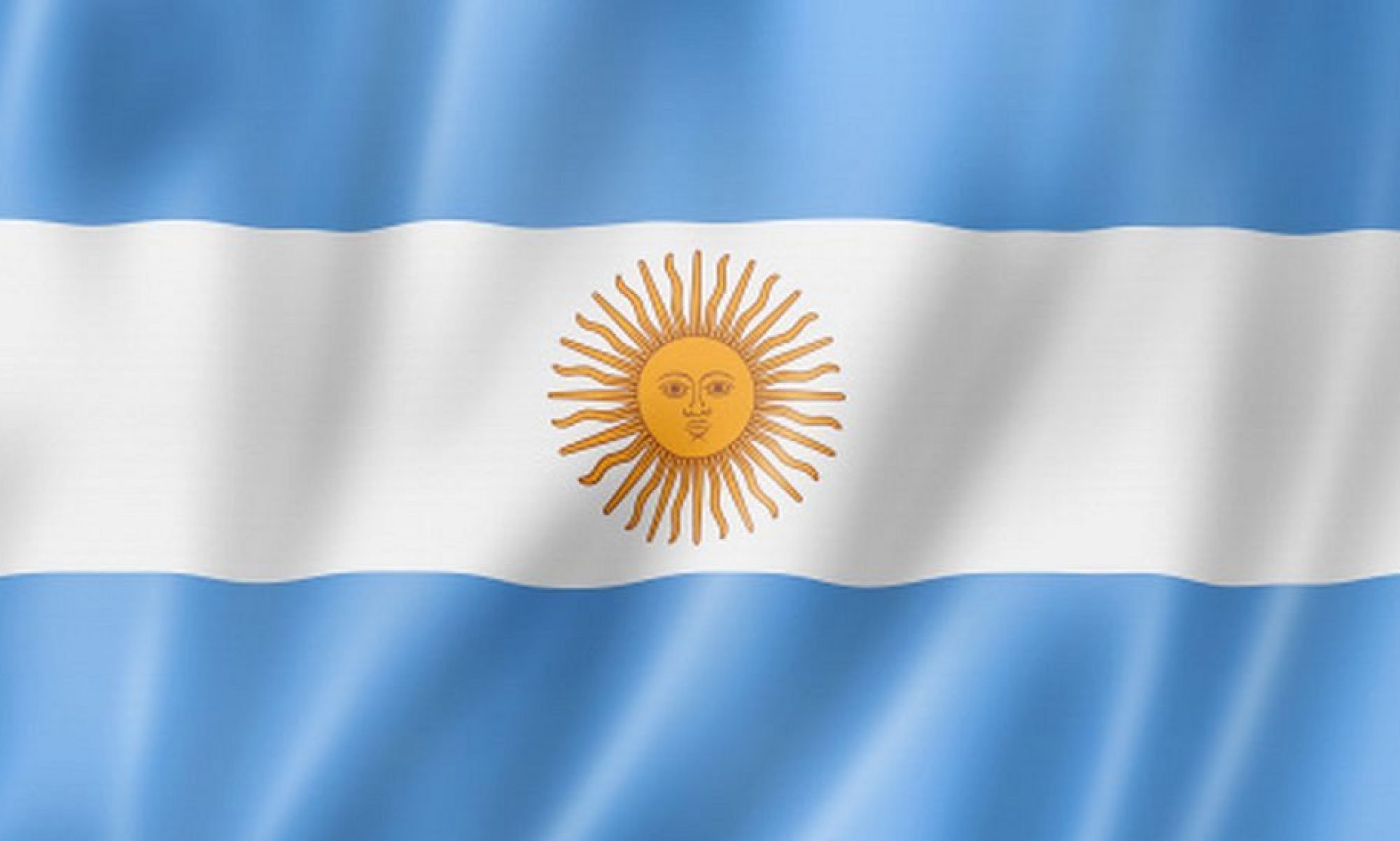The Secret History of Legend of Perseus: Uncovering its Ancient Roots
For centuries, the legend of Perseus has captivated artists, writers, and audiences alike with its timeless tale of love, family dynamics, and sacrifice. Born from ancient Greek mythology, this mythological figure has been immortalized in countless forms of art, literature, and architecture throughout history. However, beyond its surface-level narrative lies a complex https://legendofperseus-game.com/ web of symbolism, archaic allusions, and historical inspirations that have shaped the legend over time.
The Origins: Greece and Mesopotamia
To understand the true nature of the Perseus myth, one must delve into the earliest sources of inspiration – ancient Greek mythology and its connections to Mesopotamian cultures. Perseus, as we know him today, was a demigod born from Zeus’ affair with Danaë, a mortal princess. However, his story shares striking similarities with that of Gilgamesh, the king of Uruk in Sumerian epic literature.
In Mesopotamia’s ancient traditions, Gilgamesh was said to have encountered a goddess named Ishtar, who bore him two children – a boy and a girl. This echoes Perseus’ conception by Zeus, which shares characteristics with the divine union between Gilgamesh and Ishtar. These parallels suggest that the story of Perseus may have been influenced by Mesopotamian mythological narratives.
The Medusa Connection: Fertility Cycles
Another critical aspect of the Perseus legend is its connection to fertility cycles, particularly in relation to the figure of Medusa. This monstrous creature, often depicted as a snake-haired woman, has sparked debate among scholars regarding her symbolic meaning. In ancient Greek mythology, snakes were associated with fertility and renewal – their shedding of skin representing rebirth.
Medusa’s depiction may have been rooted in pre-Greek cultures’ reverence for Mother Earth and the cycles of nature. Her association with the goddess Gaia is evident in her own monstrous form, which incorporates various animal features reflecting a pre-patriarchal era when feminine powers were revered. This rich symbolism highlights how Perseus’ confrontation with Medusa could be seen as a metaphor for human interaction with the natural world.
The Quest for Ancient Sources
Beyond Mesopotamian influences and fertility cycles lies another pivotal aspect of the Perseus myth – its relationship to ancient Greek historical events and cultural practices. Scholars have long debated the origins of the legend, often tracing it back to early Athenian traditions. Excavations at Tiryns, a fortified citadel in Greece, uncovered evidence of an archaic temple dedicated to Poseidon, who was revered as a protector of the sea and fertility.
This archaeological discovery has led researchers to propose that Perseus’ story might be linked to the legend of the early Greek hero Orestes, who also featured prominently in ancient Athenian traditions. The idea is that both figures were inspired by archaic historical events involving the Mycenaean city-states, where kings and their families played a central role in shaping mythology.
The Historical Context: Politics and Power
Further examination of Perseus’ story reveals its connection to power dynamics within the Greek world. In the 5th century BCE, Athens was undergoing significant social transformations under the rule of Pisistratids – a dynasty infamous for their tyrannical methods. As researchers suggest, this backdrop may have influenced the narrative of Perseus, highlighting themes of heroism and struggle against oppressive forces.
The legend’s focus on family and kinship ties also resonated with the values held by ancient Greek aristocracy. In the context of 5th-century BCE Athens, a story like that of Perseus would emphasize loyalty, duty, and blood ties between rulers and their subjects. This rich tapestry highlights how historical events intertwined with mythology to forge the legend we know today.
Architectural Legacy: From Ancient Greece to Modern Times
Beyond written records lies another important aspect of the Perseus myth – its architectural legacy. The Parthenon in Athens, one of the most iconic landmarks of ancient Greek architecture, was dedicated to Athena, goddess of wisdom and war, whose story shares connections with that of Perseus. Designed by Ictinus and Callicrates during the Golden Age of Athens (447-432 BCE), this imposing structure reflected the ideals of democracy, reason, and feminine power.
In modern times, artists and architects continue to draw inspiration from the legend of Perseus. Sculptures like Antonio Canova’s "Perseus with the Head of Medusa" reflect a mix of classical and neoclassical influences, while contemporary artists like Anish Kapoor explore the myth through abstract installations. This ongoing dialogue between art and mythology underscores how human creativity remains tied to the timeless story of Perseus.
Conclusion: Weaving a Complex Narrative
Unraveling the secret history of Perseus requires an understanding of the ancient roots that shaped this legendary narrative. Through its connections to Mesopotamian myth, fertility cycles, and historical events in ancient Greece, we gain insight into the cultural and symbolic contexts that forged the legend.
From Gilgamesh’s divine conception to Medusa’s monstrous form, each aspect contributes to a richer tapestry of meaning. As we delve deeper into the mythological past, we uncover a world of complex relationships between humans, nature, and power – a testament to the enduring relevance of Perseus’ story in our modern world.
In exploring this secret history, we come face-to-face with the dynamic interplay between myth, culture, and human experience. This rich legacy reminds us that legends like that of Perseus continue to evolve, reflecting humanity’s ongoing quest for understanding ourselves within the larger context of time and space.

